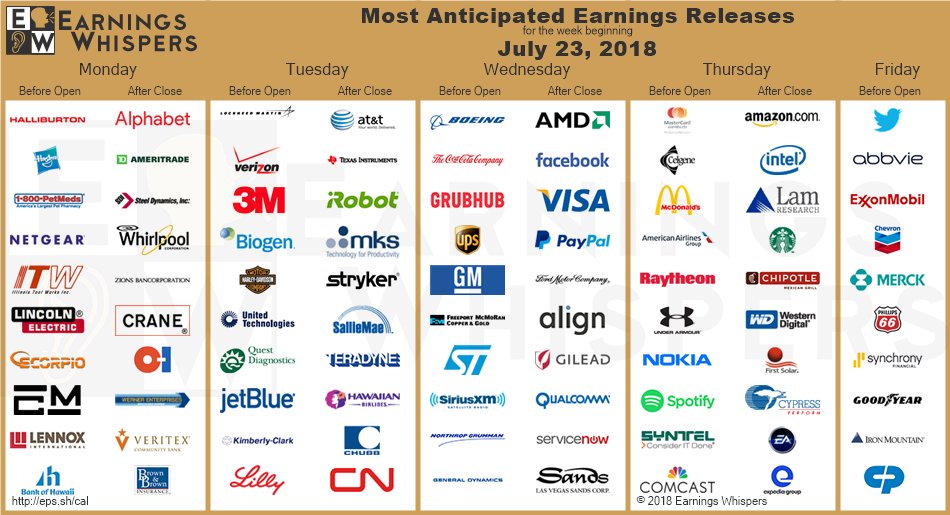Re: Farmas USA
ACAD 2h
a volver a empezar ... con paciencia ... a ver donde la paran ... :))))

ACAD 2h
a volver a empezar ... con paciencia ... a ver donde la paran ... :))))

SEMANALES
AMRN - ER el 1 Agosto
a ver si da para un brinco pre ER, leñe ...

RDUS - ER el 8
Apetecible ... pero no para mi ... no todavia ...

SGYP - ER el 8
peleando la bajista, por el aspecto de su MACD diario ... dificil lo tiene

NVAX - ER el 14
bueno ... parece que se mueve y desde luego supero la bajista post nanoflu news ... Tampoco es que espere mucho movimiento en las proximas semanas ... SMA50 en 1,52-1,53 ...

KERX - ER el 26
Ni con un palo.

IBB
por diario veo el asunto prometedor para ver verde la proxima semana ... supongo que estan preparando el mvto en caso de verse buenos ERs de las grandes ... ya se ira viendo ...

esta claro que de AMRN me quiero salir lo antes posible pero por lo demas quedo a la espera ... de alguna vela diaria en ACAD que me anime a reentrar para metesaca, su ER es el 14 aun queda mucho. Tanto KERX como RDUS las iré siguiendo para ver donde tienen el bottom y empieza el siguiente ciclo patadon pa'rriba ... pero no creo que sea algo inminente ...
Así que en lo que a mi respecta no me llama nada irme de compras en farmas en los proximos dias ...
Buena suerte
A Guide To Stop Losses
“Whenever I enter a position I have a predetermined stop. That’s the only way I can sleep at night. I know where I’m getting out before I get in.”- Bruce Kovner
The biggest reasons traders end up unprofitable is simply because their big losses knock out all their previous gains.
If you went back and removed your biggest losses over the past few months or year what would your trading results look like? Many of the best traders I know did this at some point in their trading careers and had an enlightening moment. The major factors that made them unprofitable or caused them big draw downs in capital were the big losses. The roots of the big losses were usually based in emotions and ego not a market event. A big loss is almost always caused by being on the wrong of a trend and then staying there.
What are the top 10 root causes of big losses in trading?
What is the solution to all of these big losses? A very simple one in principle: a stop loss. A stop loss is meant to do exactly what it says, stop your loss. A stop loss sets the predetermined risk for your trade in monetary terms. You know at what price level you are getting out when you get in. A stop loss is your quantified price risk level that will tell you that you’re wrong if your trade goes that far against you.
The first step in figuring out your stop loss level in a trade is to quantify “If this trade is going to work out for me then price should not go to this specific price level, if it does I am proven wrong and will need to exit.” A stop loss has to be given enough room for you to not be shaken out prematurely with normal price action but at the actual level that is meaningfully against you and shows something has changed from your initial entry.
There are many ways to quantify a stop loss on a trade at entry:
Managing stop losses is a key skill that has to be developed for profitable trading. A stop losses’ job is to keep losses small but it must be set in a place that allows enough room for a winning trade to also play out without getting stopped out prematurely.
Trator, ojo que te la lia SESN ... te avisé esta semana, y ahora veo que su MACD diario se va a bearish el Lunes o Martes ...
dejo aqui el semanal

SESN
Bah, tengo metida poca cosa... es que si no entro aunque sea con un mínimo, no la sigo de la misma manera.
Esta semana empezamos con resultados de algunas de las grandes: Biogen (martes), Gilead (miércoles), Celgene (jueves)... y aunque no salen en la imagen, también Amgen y Alexion (ambas también el jueves).

Ay que semanita!